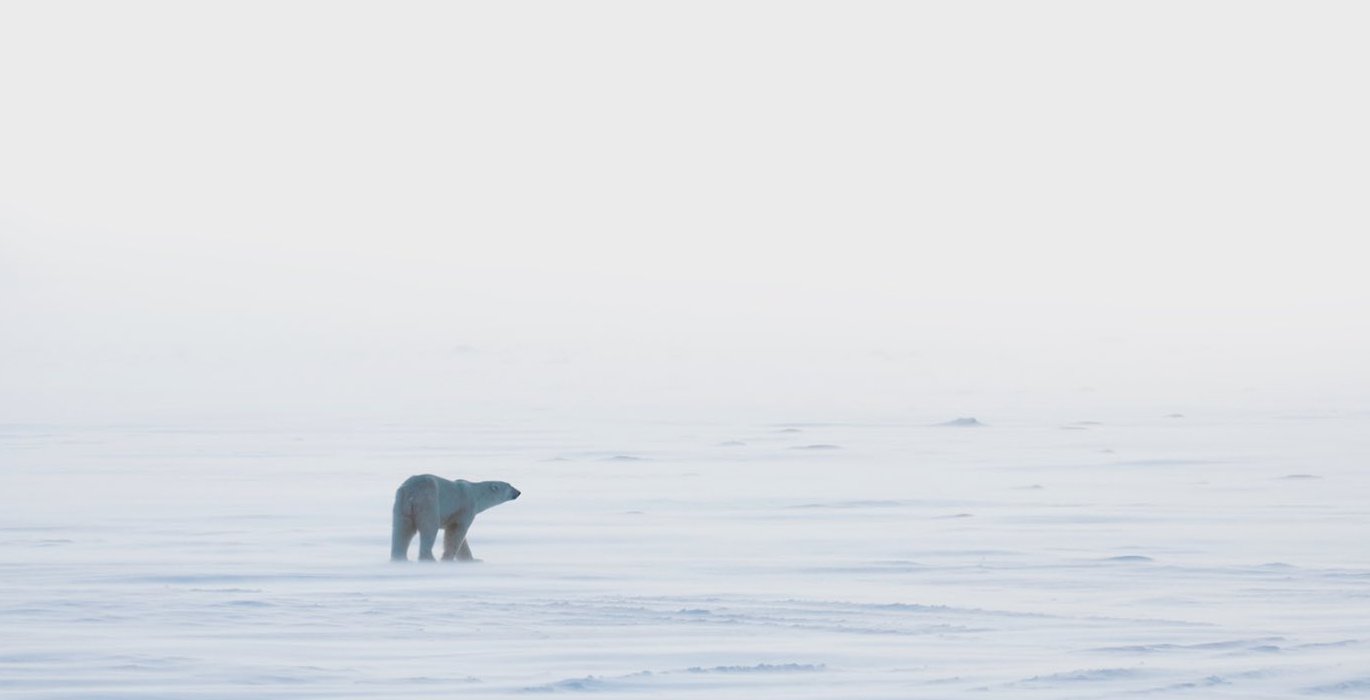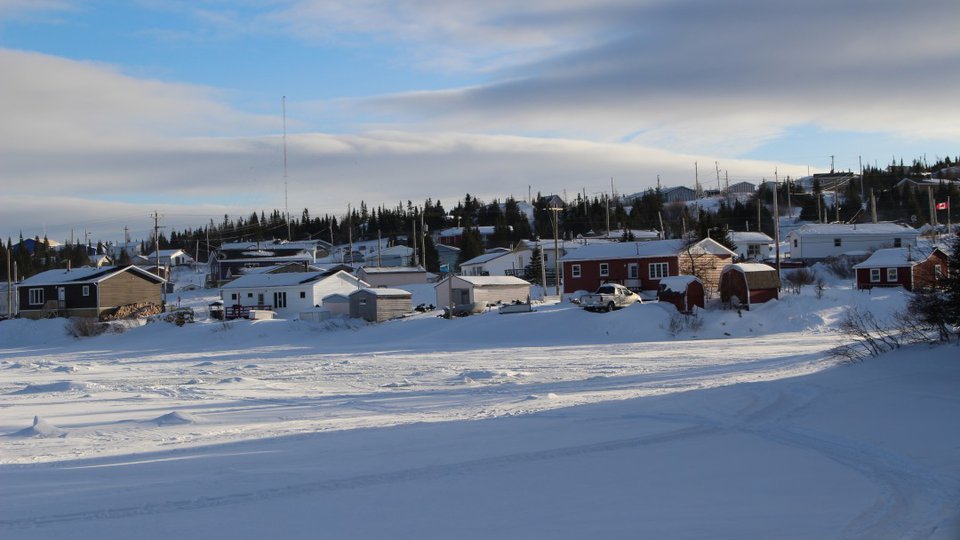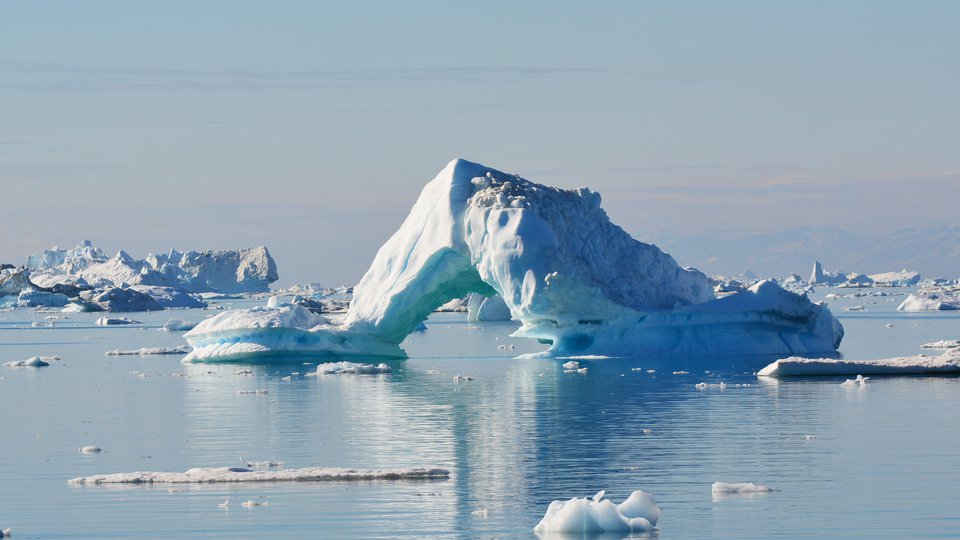
y eyes strain to find a polar bear in the white-on-white landscape, my ears are inundated with the thump-thump-thump of the helicopter, my nose stings with cold, and my stomach flip-flops through waves of nausea. Polar bear fieldwork isn’t nearly as glamorous as it sounds.
Last month I was in Churchill, Manitoba, supporting the Sea Ice Ecology Project led by Dr. Andrew Derocher of the University of Alberta. Even with the unglamorous moments, it was great to be in the field again as we took to the skies to find polar bears and get a sense of sea ice conditions. The ice may look stark and vacant at first, but its simplicity belies a complex community of animals above and below water.
A fast-changing world
This research is part of a project looking at multiple aspects of Hudson Bay’s on-ice ecology. The work is difficult and expensive, but worth it for the data collected. We have so much yet to learn about this remote and stunning ecosystem, especially considering how fast it is changing. Climate change is affecting this region in visible ways, including longer ice-free seasons and shifting animal populations. However, some changes, like diet shifts and increased pollution, cannot be seen easily so we must collect good data where possible.
By better understanding this ecosystem, we can better predict what will happen as sea ice continues to decline, helping us better mitigate impacts and adapt actions. Better information leads to better decision-making, but getting that information is tough.
The main focus of our work was to deploy GPS ear tags on subadult and male polar bears, allowing us to track their movements during sea ice break-up in June and July. This will provide insight into how these demographics respond to melting ice, show us whether they stay within their population boundaries, and allow managers to receive early warnings if the bears get too close to communities. To find the bears, we fly over land-fast (shore) and pack ice (off shore) whenever weather allows, but spotting a white bear on white ice can be difficult. Luckily, we have some tricks.
Finding polar bears
First, we follow pressure ridges, which form when pans of ice push up together; from above they look like seams tying the ice together. Polar bears often walk along these ridges because seals sometimes lurk inside. Second, we look for polar bear footprints. When we see tracks, we follow them as long as possible, hoping to come across who left them. This is hard since the ice is always moving (one kilometer per hour!), breaking up tracks and making trails disjointed. The helicopter must get close to the ice to find and follow the tracks, bopping and weaving amongst ridges while the crew strains their eyes looking for the next section of footprints below: a recipe for motion sickness. Additionally, we try to spot seal kills: black and red splotches staining the white backdrop are easy to see and bears are often nearby. However, older kills or those tucked near a pressure ridge may be harder to see, so we also look for birds.
When polar bears kill a seal, they haul it up onto the sea ice to feast but rarely pick carcasses clean; this effectively brings up nutrients from below to help feed a variety of animals above. When a polar bear is satiated, scavengers come in for a snack. Arctic foxes follow polar bears on the ice and wait their turn to feast on leftovers, and birds will land for their own taste of seal. When the birds hear a helicopter buzz up above they take flight, becoming easy to spot from the air. When we spot a bird flying far out on the sea ice, we alert the crew and try to find where it came from. This can help us spot a seal kill and backtrack to a polar bear.
This spring we were able to deploy only 10 GPS ear tags out of a possible 20. It was the most difficult season that Dr. Derocher has had in over 30 years of field research, due to the poor weather and sketchy ice conditions. While that aspect was not as successful, other parts of the project were positive. For example, we were able to collect samples, like hair, to add to a long-term database. Back in the lab, scientists look at isotopes and pollutants in these samples and compare them to samples from the polar bear’s main prey, ringed seals, to find early warning signs of how this ecosystem is changing.
Overall, it was a great season and I look forward to next year. Until then, we will monitor the ear-tagged bears to see when and where they come ashore. Churchill has had record-breaking heat waves this week, so the choices the bears make will continue to teach us about how they are responding to a warming world.
Alyssa McCall is the Director of Conservation Outreach and a Staff Scientist at Polar Bears International.





